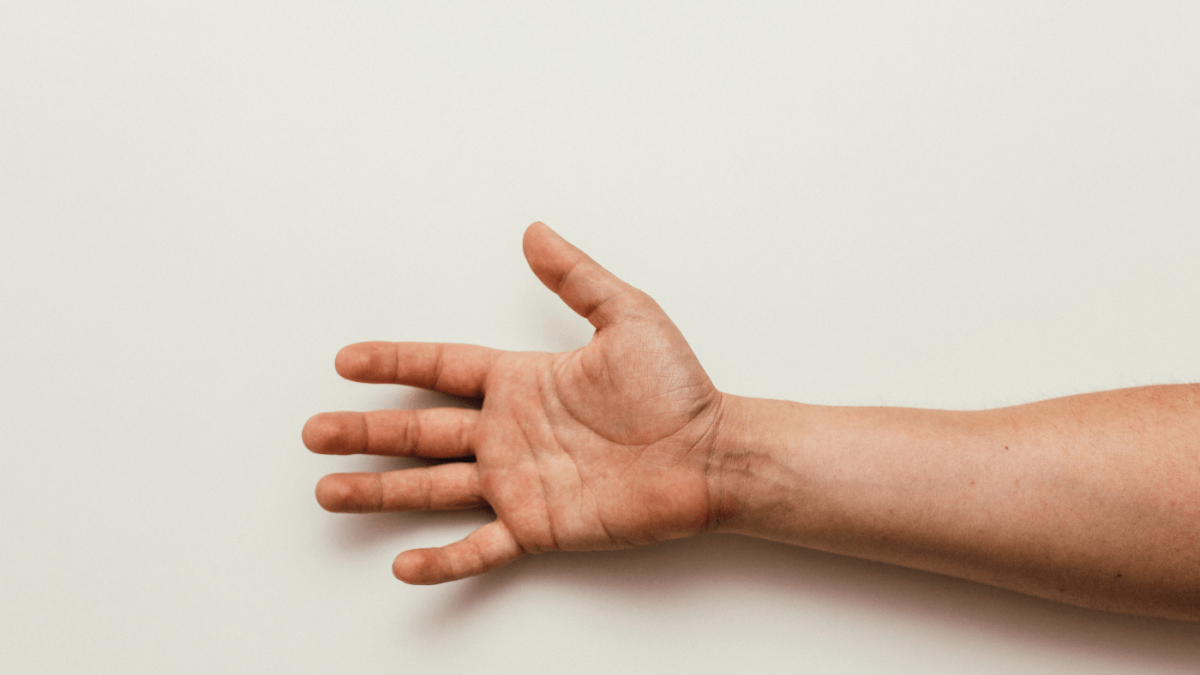As a primary care provider, nurse practitioner or PA, are you interested in learning more about how you can have skin concerns in your practice co-managed with an 'on-demand' dermatologist? Learn more here.
If you are a patient seeking a first or second opinion from a dermatologist on a spot mole or rash of concern, you can access a dermatologist via your local primary care provider or urgent care clinic. Find our list of partner locations here.
How and When Should You Apply Sunscreen
The short answer - you should apply sunscreen every day. But that's not as helpful of an answer when you're getting started. Sunscreen is a drug that is monitored by the FDA. There are specific ways you can and should apply it to get its full anti-aging and skin cancer-preventing benefits.
While there is nothing wrong with having a multi-step routine, it does typically take up extra time and energy in the morning - which most of us do not have much of either at 7 AM.
That said, you need to go through the essentials. Brushing your teeth feels all too familiar, you may have been using your toothbrush 2x a day for as long as you can remember. But applying a daily skincare product to your face? Not so much.
Here are a few simple directions for how and when to apply a daily sunscreen.
Do I need to use sunscreen every day?
As a best practice, you'll want to establish a consistent routine that you can practice every day. That said, if you're outside frequently for work, going on a long hike or otherwise, you'll want to adjust to following a full sun protection program. You will want to use your sunscreen consistently because skin damage is like any form of body damage, it happens over time. The damage to your DNA happens over months and years, not from any one day outdoors.
First, you'll want to apply sunscreen of at least an SPF 30 coverage on a daily basis. Your best bet is to purchase a skincare product that has this number written on the bottle rather than an SPF of 20 or 15. Each morning, before sitting down by a window, walking to work or starting your day in full, you'll want to apply at least a teaspoon to cover your face, neck, ears, and tops of your hands. It should take no more than 15-30 seconds.
If it's an all mineral product, it may take a bit longer to rub in, but it still provides great protection.
Should I apply sunscreen before or after a moisturizer or aftershave?
The good news - if you're using a 3-in-1 product like The Daily, you won't have to worry about this question.
However, if you use a multi-step routine, you will want to ensure you are applying your sunscreen as the last step in your skincare regiment, in almost all cases - see below.
Does it make a difference if I'm using mineral vs. chemical sunscreen?
There is a difference in when and how you'll want to apply your sunscreen depending if you use a mineral or a chemical SPF. If you are using a chemical sunscreen - you'll know if on the box it says an active ingredient that is not zinc or titanium dioxide, then there is a chance you will want to apply the product before anything else, like your aftershave or moisturizer. That is because chemical sunscreens are absorbed into the skin, so you don't want anything to come in between your SPF and its ability to absorb into the skin.
However, some people are concerned about the safety of chemical sunscreens. In that case, you'll want to stick with a mineral sunscreen product.
When applying a mineral sunscreen on its own, you'll want to have it as the very last step. Mineral sunscreens sit on top of the skin and are not absorbed like chemical sunscreens. They will work most effectively as the final step in a skincare routine.
Can I apply a higher, SPF 50+ on top of an SPF 30?
Good news, if you apply an SPF of 30 in the morning and go out for a long run later in the day, you can always apply a higher SPF on top of a lower one that perhaps you applied quickly in the morning. You'll be getting great protection from both - just make sure if you're really outside, you're reapplying every 2 hours and supplementing your SPF coverage with great sun-shirts, a sun hat and avoiding peak outdoor hours.




